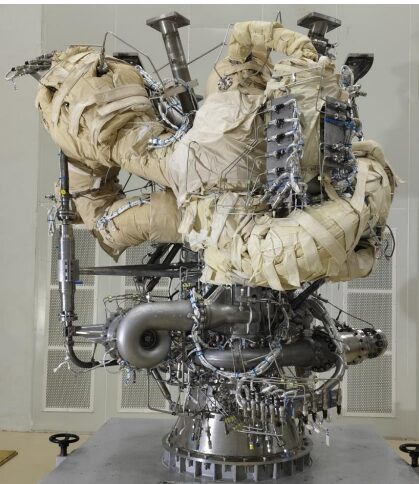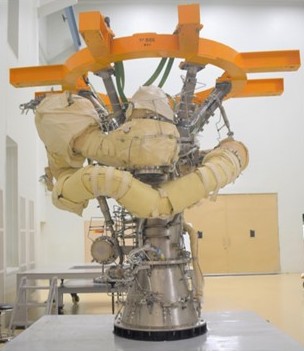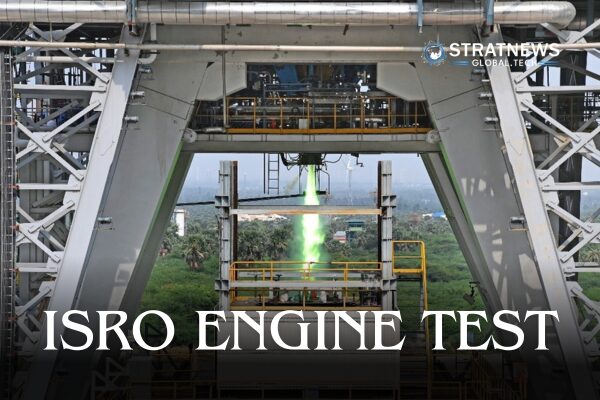ISRO Achieves Milestone in Semicryogenic Engine Development for LVM3
The Indian Space Research Organisation (ISRO) has taken a major step forward in the development of its Semicryogenic engine programme. On 28 March 2025, ISRO successfully conducted the first hot test of the Engine Power Head Test Article (PHTA) at its Propulsion Complex in Mahendragiri, Tamil Nadu.
This achievement marks a crucial advancement in the design and development of a high-thrust Semicryogenic engine powered by Liquid Oxygen (LOX) and Kerosene. The 2000 kN engine is set to replace the existing L110 liquid stage in the LVM3 launch vehicle, significantly boosting payload capacity.
ISRO Semicryogenic Engine to Enhance LVM3 Performance
The new semi-cryogenic propulsion system, developed by ISRO’s Liquid Propulsion Systems Centre (LPSC), will be used in the SC120 stage of LVM3. The SE2000 engine, which powers this stage, will deliver better performance using non-toxic and non-hazardous propellants. This change will increase the payload capacity of LVM3 from 4 tonnes to 5 tonnes in Geosynchronous Transfer Orbit (GTO).
The SE2000 engine features a complex oxidiser-rich staged combustion cycle with a high chamber pressure of 180 bar and feed pressures reaching 600 bar. It offers a specific impulse of 335 seconds. Key subsystems include the thrust chamber, pre-burner, turbo pumps, control units and start-up systems. These components are made with specialised materials to withstand extreme temperatures and oxidiser-rich environments.
Indigenous Testing Facility Supports Engine Qualification
To support this advanced engine, ISRO has established the Semicryogenic Integrated Engine Test facility (SIET) at the ISRO Propulsion Research Complex (IPRC), Mahendragiri. This state-of-the-art facility, inaugurated by Prime Minister Shri Narendra Modi on 27 February 2024, can handle propellants at high pressure and volumes. It is equipped with a PLC-based control system and can test engines with up to 2600 kN thrust.

Before testing the fully integrated engine, ISRO planned evaluations of intermediate setups. One of these is the Power Head Test Article (PHTA), which includes all engine systems except the thrust chamber. Another is the Pre-burner Ignition Test Article (PITA), used to refine the ignition sequence through several trials.
Successful Hot Test of Power Head Test Article
The hot test on 28 March 2025 lasted for 2.5 seconds and met all objectives. It confirmed the smooth ignition and bootstrapping operations of the engine. Critical subsystems such as turbo pumps, pre-burner, control components, and the start system were tested under real operating conditions. All engine parameters matched the predictions.

With this successful demonstration, ISRO will now proceed with a series of additional tests on the PHTA. These evaluations aim to further fine-tune performance before moving on to the fully integrated SE2000 engine.
This breakthrough highlights India’s growing capabilities in complex rocket technologies, a field mastered by only a few countries.
with inputs from Reuters


